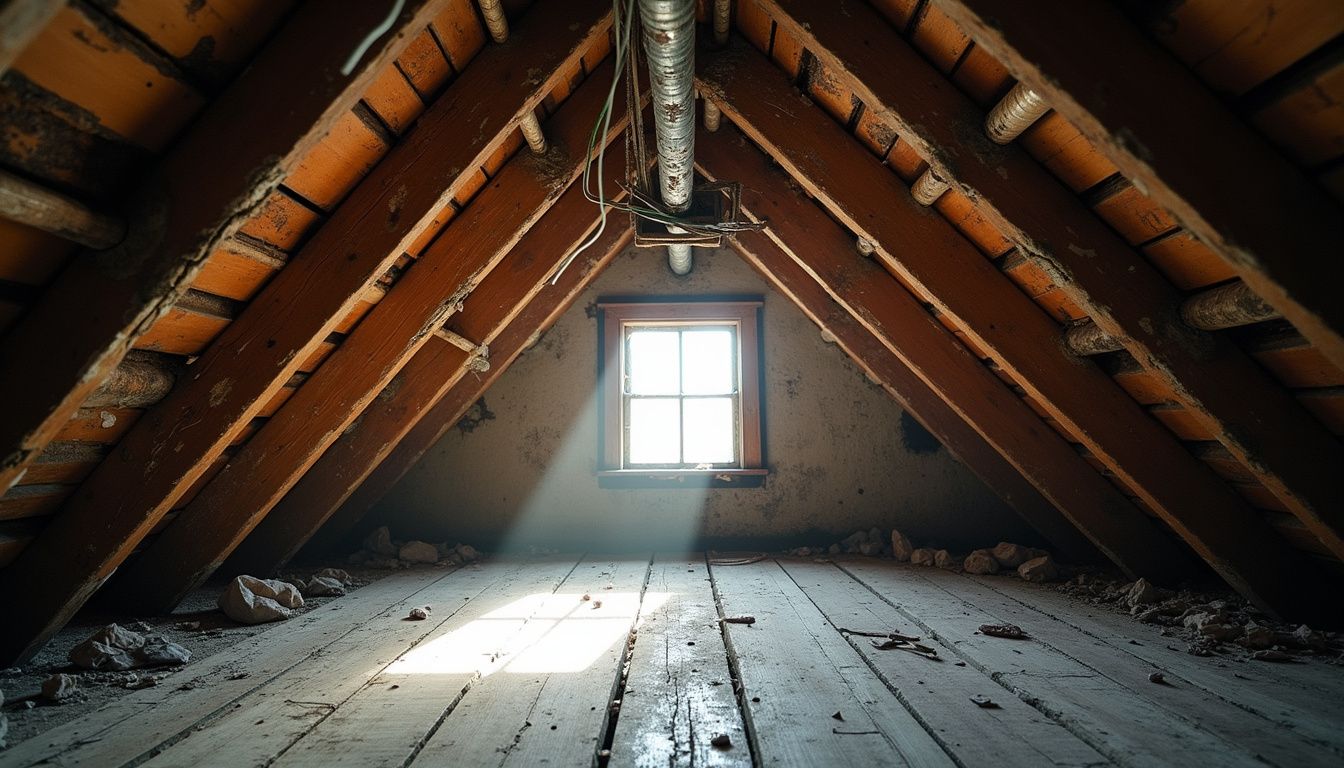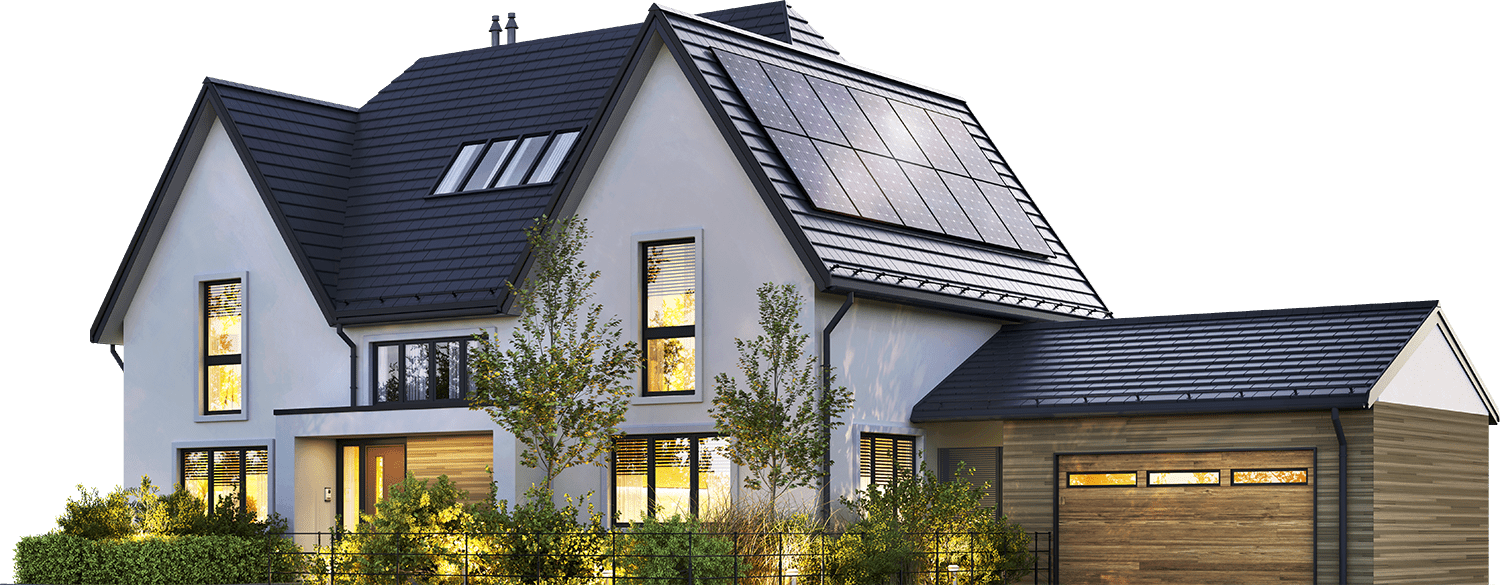Selling your house can be stressful if you worry about hidden problems. Every year, home inspectors find code violations that slow down sales or lower offers. This post will walk you through a Home Inspector Code Violation Checklist and show what experts look for during a property inspection.
Keep reading to get ahead of issues before they stop your sale!
Key Takeaways
- Home inspectors look for code violations like faulty wiring, leaking pipes, poor ventilation, and weak structures.
- Common problems include missing smoke detectors, old or exposed wiring, clogs in plumbing systems, cracks in walls, and loose railings.
- Building codes help keep homes safe during storms and prevent fire or health risks.
- Fixing code issues before selling can help you receive a better offer and sell your house more quickly.
- Homes that do not meet building codes may lose buyers or sell for less money.
Overview of Building Codes

Building codes are a set of rules that keep homes safe and sound. Every city or county has its own building codes, but they all work to protect people who live in the house. For example, these rules specify the height of railings on stairs or the number of smoke detectors required in each hallway or bedroom.
Codes help make sure electrical wiring is secure, plumbing works right, and the entire home can stand strong during storms.
Home inspectors check if your property meets these safety standards before you sell it for cash. They use an inspection checklist to look at things like structural integrity and electrical safety.
If a house does not follow current building codes from groups like the International Code Council (ICC), buyers may lower their offer or even walk away completely.
Every missed code could result in extra costs down the road for sellers hoping for a quick sale.
Common Code Violations Home Inspectors Look For
Home inspectors check for many common code violations. They spot issues like faulty wiring, leaky pipes, and unsafe structures that can affect your home’s safety.
Electrical Issues
Old wires and overloaded outlets can quickly break building codes. Inspectors spot missing ground fault circuit interrupters in kitchens and bathrooms. Loose outlets, exposed wire, or outdated panels also flag electrical safety issues.
You might see knob-and-tube wiring or aluminum wires in homes built before 1970; these need special attention.
If a breaker box appears crowded with wires, it may pose a fire risk. No smoke detectors? That’s another code problem on the inspection checklist. Home inspectors want every room to meet modern standards so buyers feel safe, and lenders know the house is up to code.
Fixing basic problems, such as faulty switches, helps you sell your house quicker for cash without headaches over compliance issues later on.
Plumbing Problems
Home inspectors check for leaks, clogs, and old or damaged pipes. They look for signs of water stains on ceilings and walls. Loose toilets, dripping faucets, or slow drains often point to plumbing issues that do not meet plumbing standards.
Small problems like these can lead to bigger repairs if left alone.
Water heaters must be safe and up to code; a missing pressure relief valve or bad venting causes safety risks. Inspectors also ensure that pipes are not made of banned materials, such as lead.
Any sign of mold near pipes may indicate a hidden leak behind the wall. Buyers want proof that all work meets building codes so they do not face unexpected costs later during a property inspection or home appraisal.
Structural Deficiencies
Plumbing Problems can lead to more than just water leaks. Structural deficiencies are also a big concern for home inspectors. They inspect the walls and ceilings for cracks. Inspectors also examine the foundation.
A strong structure keeps your home safe.
Issues with support beams or weight-bearing walls can be serious. If these parts are weak or damaged, it can compromise safety standards. For sellers, fixing structural issues quickly is key.
An inspector will note any defects on their checklist, which could affect your sale price later.
Inadequate Ventilation
Inadequate ventilation can cause big problems in a home. It leads to poor air quality and can make the house feel stuffy. Insufficient airflow traps moisture, which may lead to mold growth.
Mold is dangerous and can harm your health.
Home inspectors will inspect vents, windows, and fans closely. They check if they work properly to let fresh air in and stale air out. If your home has ventilation issues, it might lower your chances of selling quickly for cash.
Good air flow keeps the space healthy and comfortable for buyers.
Safety Hazards
Safety hazards can make a home dangerous. Inspectors check for risks that could hurt people. They inspect items such as loose railings, broken stairs, and unsafe walkways. These issues must be fixed before selling your home.
Fire safety is also important. Inspectors will spot if smoke alarms are missing or not working. They also check for fire exits and proper escape routes. A safe house helps in getting buyers quickly and easily.
Next comes the importance of code compliance.
The Importance of Code Compliance
Code compliance is crucial for home sellers. A house that meets building codes is safer and more appealing to buyers. It demonstrates that the owner prioritizes quality and safety standards.
Buyers often get anxious if they find code violations during an inspection. This can slow down a sale or even halt it altogether.
Fixing issues before selling saves time and money in the long run. Homes with code violations may sell for less cash, or not sell at all. Strong structural integrity makes properties attractive to potential buyers, improving their chances on the market.
Having everything in order alleviates concerns about electrical safety and plumbing problems as well. Code compliance fosters confidence between sellers and buyers, making transactions smoother overall.
Conclusion
Home inspectors check for many things. They look for code violations to keep homes safe. Common issues include electrical faults, plumbing leaks, and structural problems. Spotting these helps buyers and sellers know what needs fixing.
Fixing these issues can make selling a house easier and faster.
FAQs
1. What are code violations in home inspections?
Code violations occur when a home fails to meet building standards or safety regulations. Inspectors check for these issues to ensure homes are safe and livable.
2. What do inspectors look for during an inspection?
Inspectors examine many areas, including electrical systems, plumbing, roofs, and foundations. They search for signs of damage or unsafe materials that could lead to code violations.
3. How can I prepare my home for an inspection?
To prepare your home, address any visible issues, such as leaks or cracks, first. Make sure all areas are accessible so inspectors can check them easily; this helps avoid missed issues.
4. What happens if there are code violations found?
If inspectors find code violations, they will report them to you. You may need to make repairs before selling the house or moving in; fixing these problems ensures safety and compliance with local laws.

